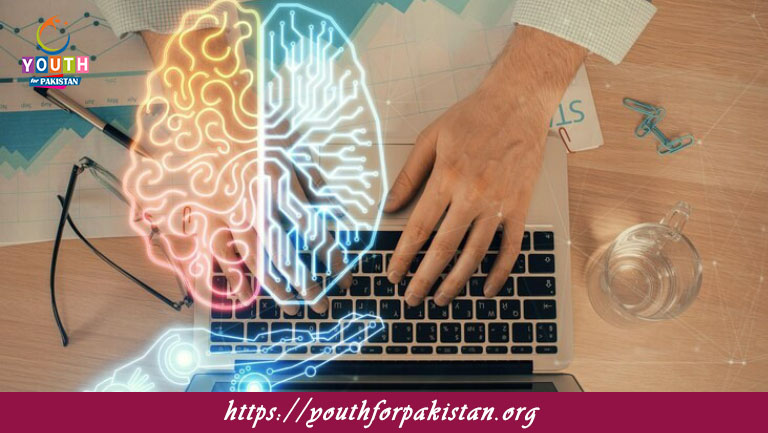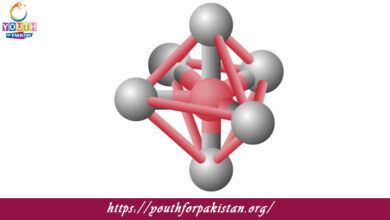Positive Feedback Mechanism MDCAT MCQs with Answers

Welcome to the Positive Feedback Mechanism MDCAT MCQs with Answers. In this post, we have shared Positive Feedback Mechanism Multiple Choice Questions and Answers for PMC MDCAT 2024. Each question in MDCAT Biology offers a chance to enhance your knowledge regarding Positive Feedback Mechanism MCQs in this MDCAT Online Test.
Which of the following is an example of a positive feedback mechanism?
a) Regulation of blood glucose levels
b) Blood clotting
c) Temperature regulation
d) Oxygen levels in blood
Positive feedback mechanisms are characterized by:
a) Stabilizing effects
b) Amplification of the initial stimulus
c) Maintaining homeostasis
d) Reduction of the stimulus
In a positive feedback mechanism, the response:
a) Opposes the initial change
b) Enhances the initial change
c) Neutralizes the initial change
d) Is unrelated to the initial change
Which hormone is involved in a positive feedback mechanism during childbirth?
a) Insulin
b) Adrenaline
c) Oxytocin
d) Thyroxine
During childbirth, oxytocin:
a) Decreases uterine contractions
b) Inhibits labor
c) Increases the frequency and strength of contractions
d) Regulates blood pressure
Which of the following is a negative feedback mechanism?
a) Release of adrenaline during stress
b) Blood glucose regulation
c) Lactation
d) Blood clotting
Positive feedback mechanisms are usually:
a) Short-lived
b) Long-lasting
c) Constant
d) Unchanging
In a positive feedback loop, the effect of the response is:
a) To decrease the initial stimulus
b) To increase the initial stimulus
c) To return to the set point
d) To stabilize the system
Which of the following processes does not involve positive feedback?
a) Blood clotting
b) Childbirth
c) Lactation
d) Regulation of body temperature
During the blood clotting process, the activation of clotting factors:
a) Stops the clotting process
b) Slows down the clotting process
c) Enhances the clotting process
d) Inhibits the clotting process
The main purpose of positive feedback mechanisms is to:
a) Maintain homeostasis
b) Amplify changes in the body
c) Stabilize internal conditions
d) Counteract external changes
Which physiological process involves positive feedback during lactation?
a) Milk production
b) Milk ejection
c) Milk absorption
d) Milk storage
Positive feedback mechanisms are often:
a) Found in situations requiring rapid change
b) Used to maintain stable internal conditions
c) Slow-acting
d) Involved in everyday regulatory processes
Which feedback mechanism is characterized by a response that reinforces the original stimulus?
a) Negative feedback
b) Positive feedback
c) Homeostatic feedback
d) Regulative feedback
In which situation would a positive feedback mechanism be detrimental?
a) Blood clotting
b) Childbirth
c) Fever
d) Lactation
Which of the following is a result of positive feedback?
a) Decreased hormone levels
b) Stabilization of physiological parameters
c) Amplification of physiological changes
d) Decreased enzyme activity
In a positive feedback loop, the effect of the response is:
a) To decrease the stimulus
b) To increase the stimulus
c) To neutralize the stimulus
d) To stabilize the stimulus
An example of a positive feedback mechanism during the menstrual cycle is:
a) Regulation of follicle-stimulating hormone (FSH)
b) Release of luteinizing hormone (LH)
c) Regulation of estrogen levels
d) Regulation of progesterone levels
Which mechanism is not typically a positive feedback process?
a) Hemostasis
b) Thermoregulation
c) Parturition
d) Lactation
Positive feedback mechanisms usually lead to:
a) Homeostasis
b) Equilibrium
c) Rapid change
d) Stability
Which of the following is a positive feedback effect in human physiology?
a) Blood pressure regulation
b) Body temperature control
c) Uterine contractions during childbirth
d) Blood glucose regulation
In the context of a positive feedback mechanism, the term “self-amplifying” means:
a) The effect of the stimulus decreases over time
b) The response reduces the effect of the initial stimulus
c) The response intensifies the effect of the initial stimulus
d) The process stops automatically
Which of the following is not a function of positive feedback in the body?
a) Accelerating childbirth
b) Enhancing blood clotting
c) Regulating blood pH
d) Increasing milk production
Positive feedback mechanisms are least likely to be found in:
a) Labor contractions
b) Blood clotting
c) Thermoregulation
d) Lactation
Which of the following processes does not use positive feedback?
a) Parturition
b) Hemostasis
c) Regulation of blood glucose
d) Lactation
The primary characteristic of positive feedback is:
a) Stabilization of conditions
b) Amplification of changes
c) Homeostatic balance
d) Decrease in stimulus intensity
During positive feedback, the body’s response:
a) Maintains the original condition
b) Inhibits the stimulus
c) Enhances the original stimulus
d) Stabilizes the condition
Which feedback mechanism is most likely to result in a rapid and significant change in the body?
a) Negative feedback
b) Positive feedback
c) Homeostatic feedback
d) Regulative feedback
An example of positive feedback during blood clotting is:
a) Vasoconstriction
b) Platelet aggregation
c) Fibrinolysis
d) Anticoagulation
Positive feedback is essential for which of the following processes?
a) Temperature regulation
b) Blood pressure stabilization
c) Childbirth
d) Blood glucose regulation
Which process is an example of a positive feedback mechanism in humans?
a) The regulation of blood pressure
b) The regulation of blood pH
c) The enhancement of uterine contractions
d) The regulation of body temperature
The purpose of positive feedback is to:
a) Decrease the magnitude of the initial stimulus
b) Increase the magnitude of the initial stimulus
c) Stabilize the internal environment
d) Regulate homeostasis
Which scenario is an example of a positive feedback loop?
a) Sweating to cool down
b) Blood glucose regulation
c) Release of hormones during childbirth
d) Body shivering to increase temperature
Which process uses positive feedback to achieve its goal?
a) Blood clotting
b) Thermoregulation
c) Glucose homeostasis
d) Hormonal regulation of the menstrual cycle
If you are interested to enhance your knowledge regarding Physics, Chemistry, Computer, and Biology please click on the link of each category, you will be redirected to dedicated website for each category.





